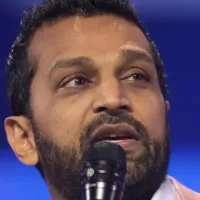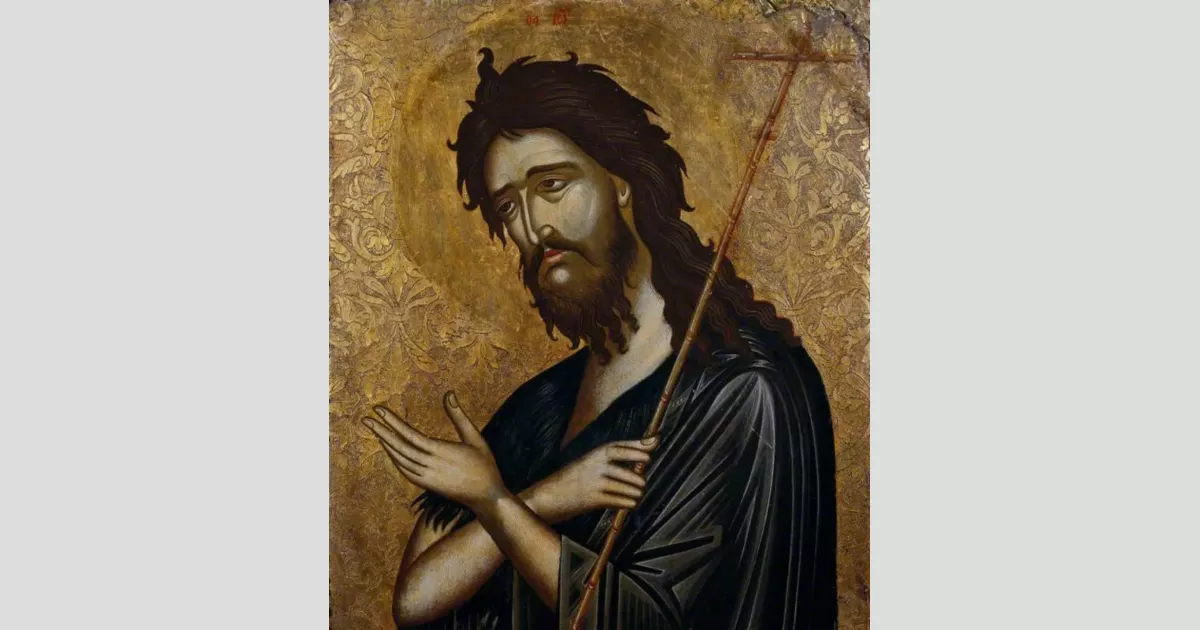In Christianity, a saint is a person recognized for exceptional holiness and closeness to God. The term's use varies by denomination. Anglicans, Oriental Orthodox, and Lutherans consider all deceased faithful in Heaven as saints, with some meriting greater honor. The Catholic Church canonizes saints, while the Eastern Orthodox Church glorifies them after approval. In many Protestant denominations, "saint" refers to any holy Christian, without requiring special recognition.
1938: The Korean Liturgy
In 1938, the Korean Liturgy included unusual examples of asking for prayers of the saints.
1959: The liturgy of the Diocese of Guiana
In 1959, the liturgy of the Diocese of Guiana included unusual examples of asking for prayers of the saints.
2000: American deacon claims John Henry Newman interceded with God to cure him
In 2000, an American deacon named Jack Sullivan claimed that John Henry Newman (then a blessed) interceded with God to cure him of spinal stenosis. Sullivan asserted that after addressing Newman, he was cured in a matter of hours.
2009: Theologians conclude Sullivan's recovery was a result of prayer to Newman
In 2009, a panel of theologians concluded that Jack Sullivan's recovery from spinal stenosis was the result of his prayer to John Henry Newman.
Mentioned in this timeline
The letter S in both uppercase and lowercase forms is...
Trending

7 months ago Matt Rife Announces Birmingham Comedy Tour Stop and Stars in New Rom-Com!

1 month ago Government Shutdown: Americans Scrambling, Washington's Economy Hit, and Tourism Suffers in D.C.
6 months ago KeyBank Foundation Backs Affordable, Sustainable Housing and Healthy Homes Initiative.

5 months ago Bianca Censori's Past Modeling, Raunchy PDA with Kanye, and Future Plans Spark Debate.

1 month ago Alex Bregman Enters Free Agency; Red Sox Interested, Projected $160M Deal?

Keith Richards is a renowned English musician songwriter singer and record producer best known as a founding member guitarist and...
Popular

Candace Owens is an American conservative political commentator and author...

Ilhan Omar is an American politician currently serving as the...

XXXTentacion born Jahseh Dwayne Ricardo Onfroy was a controversial yet...

Tucker Carlson is an American conservative political commentator known for...

Charles James Charlie Kirk was a prominent American right-wing political...

Kashyap Pramod Patel is an American lawyer who became the...
